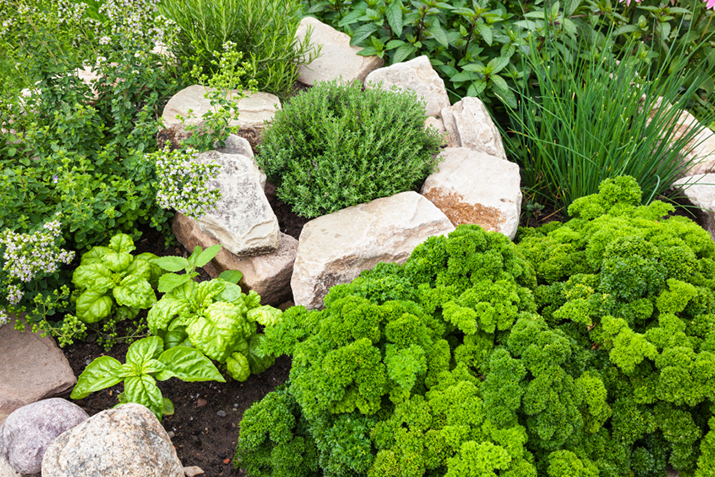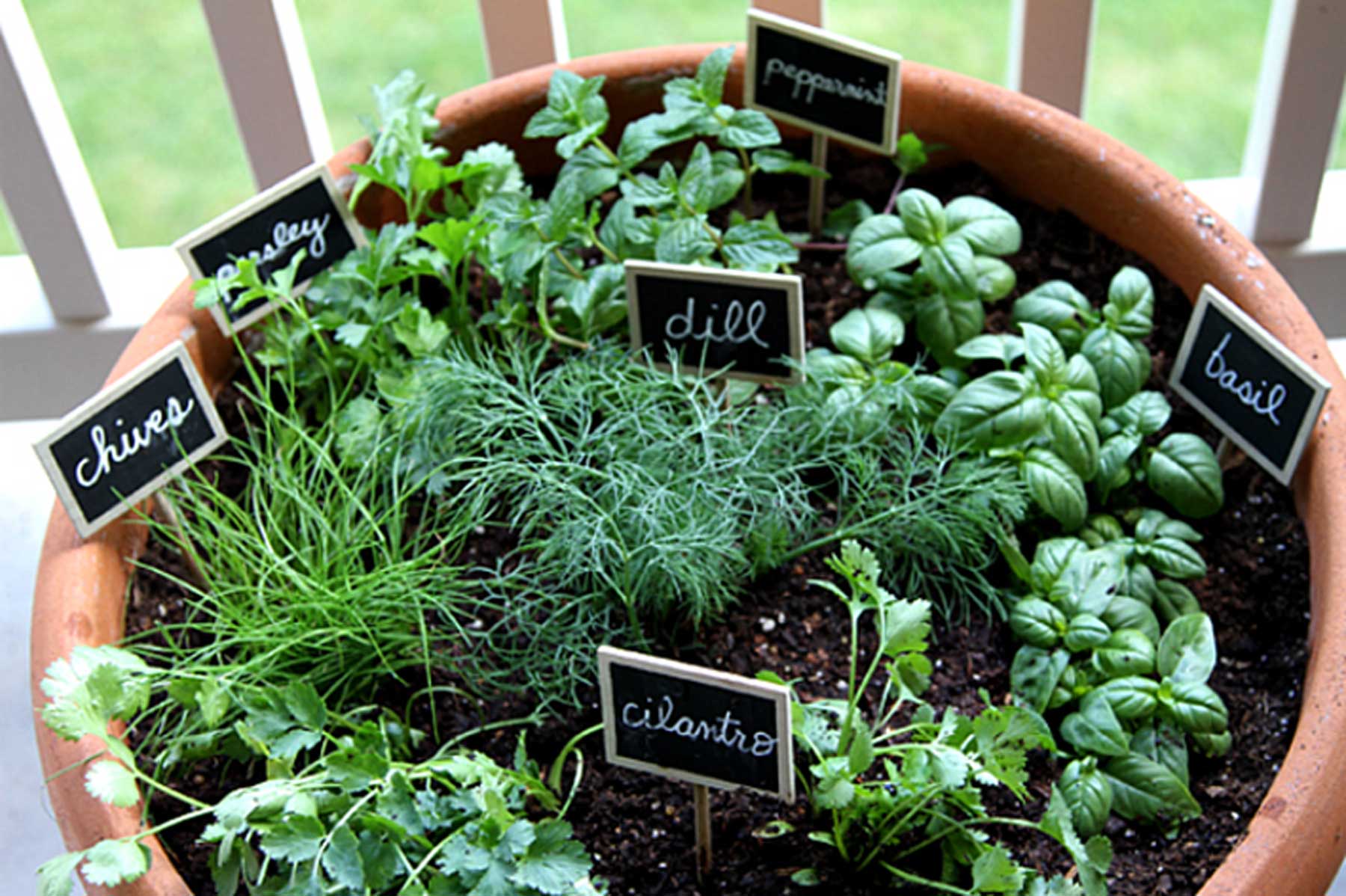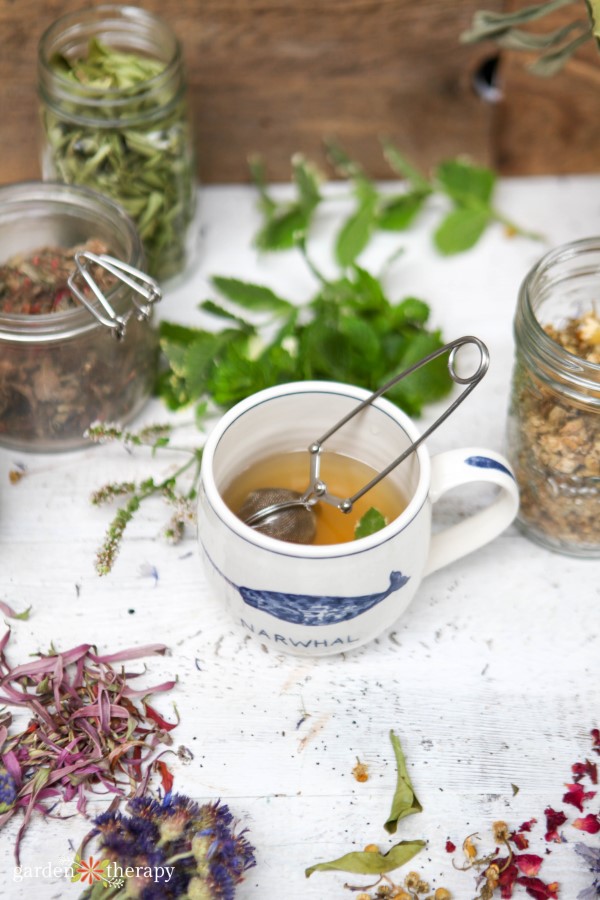Unlocking the Secrets of a Successful Herb Garden
Creating a thriving herb garden is a rewarding experience that offers numerous benefits, from fresh flavors and fragrances to the satisfaction of nurturing your own plants. Whether you’re a seasoned gardener or a beginner, building a herb garden can be a fun and rewarding project. In this article, we will provide a comprehensive guide on how to build a herb garden, covering the essential steps and tips to help you get started.
One of the primary advantages of growing your own herb garden is the ability to harvest fresh herbs whenever you need them. This not only saves you money but also ensures that you have access to the freshest and highest-quality herbs possible. Additionally, herb gardens can be designed to be visually appealing, adding a touch of elegance and sophistication to any outdoor or indoor space.
Before we dive into the nitty-gritty of building a herb garden, it’s essential to understand the basics. Herb gardens require careful planning and attention to detail to ensure that your plants thrive. This includes selecting the right herbs for your climate and available space, preparing the ideal environment, and maintaining your garden regularly.
By following the steps and tips outlined in this article, you’ll be well on your way to creating a thriving herb garden that provides you with fresh flavors and fragrances for years to come. Whether you’re looking to build a small herb garden on your windowsill or a large garden in your backyard, we’ll provide you with the knowledge and expertise you need to succeed.
So, let’s get started on our journey to building a herb garden. With the right guidance and a little bit of effort, you can create a beautiful and functional herb garden that brings joy and freshness to your life.
Choosing the Perfect Herbs for Your Garden
When it comes to building a herb garden, selecting the right herbs is crucial for success. With so many varieties to choose from, it can be overwhelming to decide which ones to grow. However, by considering a few key factors, you can choose the perfect herbs for your garden.
First, consider the climate and weather conditions in your area. Some herbs, such as basil and mint, thrive in warm weather and full sun, while others, like rosemary and thyme, prefer cooler temperatures and partial shade. Make sure to choose herbs that are suitable for your region and the time of year you plan to plant.
Next, think about the amount of space you have available. If you have a small garden or a limited amount of space, consider growing compact or dwarf varieties of herbs, such as ‘Genovese’ basil or ‘English’ thyme. These varieties are perfect for small gardens and can be grown in containers or directly in the ground.
Another important factor to consider is your personal preferences. Think about the types of herbs you use most often in cooking and choose varieties that fit your needs. For example, if you love Italian cooking, you may want to grow basil, oregano, and parsley. If you prefer Asian cuisine, you may want to grow ginger, lemongrass, and cilantro.
Some popular herbs for beginners include basil, rosemary, thyme, and mint. These herbs are easy to grow and can be used in a variety of dishes. More advanced gardeners may want to try growing less common herbs, such as chamomile, lavender, or lemongrass.
By considering these factors and choosing the right herbs for your garden, you’ll be well on your way to building a thriving herb garden that provides you with fresh flavors and fragrances all season long.
Preparing the Ideal Environment for Your Herbs
Once you’ve selected the perfect herbs for your garden, it’s essential to provide them with the right conditions to thrive. This includes sunlight, soil, and watering requirements. By understanding the specific needs of your herbs, you can create an ideal environment that promotes healthy growth and maximizes flavor.
Sunlight is one of the most critical factors in herb gardening. Most herbs require at least 4-6 hours of direct sunlight per day, although some varieties can tolerate partial shade. When building a herb garden, choose a location that receives the right amount of sunlight for your specific herbs.
Soil quality is also crucial for herb gardening. Herbs prefer well-draining soil that is rich in organic matter. Test your soil to determine its pH level and nutrient content, and amend it as necessary. Add compost or well-rotted manure to improve soil fertility and drainage.
Watering is another essential aspect of herb gardening. Herbs require consistent moisture, especially when they’re producing leaves and flowers. However, overwatering can be detrimental, leading to root rot and other problems. Check the soil regularly, and water only when it feels dry to the touch.
Assessing your garden’s conditions and making necessary adjustments is key to creating an ideal environment for your herbs. Consider factors like wind direction, soil slope, and surrounding vegetation when building your herb garden. By providing the right conditions, you’ll be able to grow healthy, flavorful herbs that will thrive in your garden.
When building a herb garden, it’s also essential to consider the specific needs of each herb variety. Some herbs, like mint and lemongrass, can be invasive and require containment. Others, like basil and rosemary, prefer well-draining soil and full sun. By understanding the unique needs of each herb, you can create a garden that is tailored to their specific requirements.
Designing a Functional and Visually Appealing Herb Garden
When it comes to building a herb garden, design is just as important as functionality. A well-designed herb garden can add beauty and charm to your outdoor or indoor space, while also providing a functional area for growing and harvesting your herbs.
There are several design options to consider when building a herb garden, including container gardens, raised beds, and in-ground gardens. Container gardens are perfect for small spaces or for those who want to be able to move their herb garden around. Raised beds are ideal for areas with poor soil quality or for those who want to create a defined growing space. In-ground gardens are best for those who have a large area to dedicate to their herb garden.
When designing your herb garden, consider the layout and flow of the space. You’ll want to create a functional and visually appealing layout that allows for easy access to each herb plant. Consider using a grid or circular pattern to create a sense of balance and harmony in the garden.
Another important consideration is the use of companion planting. Companion planting involves planting different herbs and plants together to create a mutually beneficial relationship. For example, planting basil and mint together can help to repel pests and improve growth.
Adding decorative elements to your herb garden can also enhance its visual appeal. Consider using garden ornaments, such as statues or sundials, to add a touch of personality to the space. You can also use natural elements, such as rocks or branches, to create a unique and interesting design.
When building a herb garden, it’s also important to consider the maintenance and upkeep of the space. Make sure to leave enough space between each plant for easy access and maintenance. You’ll also want to consider the use of mulch or other groundcover to help retain moisture and suppress weeds.
By incorporating these design elements and considerations into your herb garden, you can create a functional and visually appealing space that provides a bountiful harvest of fresh herbs.
Building Your Herb Garden: A Step-by-Step Guide
Now that you’ve chosen the perfect herbs for your garden and prepared the ideal environment, it’s time to start building your herb garden. Follow these step-by-step instructions to create a thriving and beautiful herb garden.
Step 1: Prepare the Soil
Before planting your herbs, make sure the soil is ready. Test the pH level of your soil and amend it if necessary. Most herbs prefer a slightly acidic to neutral soil pH, between 6.0 and 7.0. Add compost or well-rotted manure to improve soil fertility and drainage.
Step 2: Plant the Herbs
Plant your herbs in the prepared soil, following the specific spacing requirements for each variety. Water the soil gently but thoroughly after planting. Make sure to plant the herbs at the same depth as they were in their pots, and avoid compacting the soil around the roots.
Step 3: Add Supports and Decorations
Some herbs, such as mint and lemongrass, may require supports to prevent them from becoming too leggy or sprawling. Use stakes or trellises to provide support and keep the herbs upright. You can also add decorative elements, such as garden ornaments or mulch, to enhance the visual appeal of your herb garden.
Step 4: Mulch and Water
Mulch around the plants to retain moisture and suppress weeds. Water the herbs regularly, but avoid overwatering, which can lead to root rot and other problems. Check the soil regularly to ensure it’s not too dry or too wet.
Step 5: Fertilize and Prune
Fertilize your herbs regularly to promote healthy growth and flavor. Use a balanced fertilizer, and follow the instructions on the label for application rates. Prune your herbs regularly to encourage bushy growth and prevent them from becoming too leggy.
By following these steps, you’ll be able to create a thriving and beautiful herb garden that provides you with fresh flavors and fragrances all season long.
Essential Tips for Maintaining a Healthy Herb Garden
Maintaining a healthy herb garden requires regular attention and care. By following these essential tips, you can keep your herb garden thriving and ensure a bountiful harvest of fresh flavors and fragrances.
Pruning is an essential part of maintaining a healthy herb garden. Regular pruning helps to promote bushy growth, prevent legginess, and encourage root development. Use scissors or pinch off individual leaves to prune your herbs, and make sure to prune them regularly to prevent them from becoming too woody.
Fertilizing is also crucial for maintaining a healthy herb garden. Use a balanced fertilizer that is specifically formulated for herbs, and follow the instructions on the label for application rates. Avoid over-fertilizing, which can lead to weak and leggy growth.
Pest management is another important aspect of maintaining a healthy herb garden. Keep an eye out for common pests like aphids, whiteflies, and spider mites, and use organic pest control methods whenever possible. Neem oil, insecticidal soap, and diatomaceous earth are all effective and environmentally friendly pest control options.
Watering is also critical for maintaining a healthy herb garden. Make sure to water your herbs regularly, but avoid overwatering, which can lead to root rot and other problems. Check the soil regularly to ensure it’s not too dry or too wet, and adjust your watering schedule accordingly.
Finally, make sure to keep your herb garden clean and well-maintained. Remove any dead or dying leaves or stems, and dispose of them properly. Keep the area around your herb garden free of debris and weeds, and make sure to clean your gardening tools regularly to prevent the spread of disease.
By following these essential tips, you can keep your herb garden healthy and thriving, and enjoy a bountiful harvest of fresh flavors and fragrances all season long.
Common Mistakes to Avoid When Building an Herb Garden
When building an herb garden, there are several common mistakes that can lead to an unsuccessful harvest. By being aware of these mistakes, you can take steps to avoid them and ensure a thriving and productive herb garden.
One of the most common mistakes is inadequate sunlight. Most herbs require at least 4-6 hours of direct sunlight per day to thrive. If your herb garden is not receiving enough sunlight, consider moving it to a sunnier location or using grow lights to supplement the natural light.
Overwatering is another common mistake that can lead to root rot and other problems. Herbs require consistent moisture, but make sure not to overwater them. Check the soil regularly to ensure it’s not too wet or too dry, and adjust your watering schedule accordingly.
Poor soil quality is also a common mistake that can lead to an unsuccessful herb garden. Herbs require well-draining soil that is rich in organic matter. Test your soil to determine its pH level and nutrient content, and amend it as necessary.
Not pruning or fertilizing your herbs regularly is another mistake that can lead to weak and leggy growth. Regular pruning and fertilizing can help promote bushy growth and encourage root development.
Finally, not keeping your herb garden clean and well-maintained can lead to pest and disease problems. Regularly remove any dead or dying leaves or stems, and dispose of them properly. Keep the area around your herb garden free of debris and weeds, and make sure to clean your gardening tools regularly to prevent the spread of disease.
By avoiding these common mistakes, you can ensure a thriving and productive herb garden that provides you with fresh flavors and fragrances all season long.
Enjoying the Fruits of Your Labor: Harvesting and Using Your Herbs
After months of nurturing and caring for your herb garden, it’s finally time to enjoy the fruits of your labor. Harvesting and using your homegrown herbs can be a truly rewarding experience, and there are many ways to do so.
When harvesting your herbs, make sure to do so at the right time. Most herbs are best harvested in the morning, after the dew has dried but before the heat of the day. Use scissors or pinch off individual leaves to harvest your herbs, and make sure to leave enough for the plant to continue growing.
There are many ways to use your homegrown herbs, from cooking and baking to making teas and potpourri. Consider using your herbs in soups, stews, and salads, or as a garnish for cocktails and other drinks. You can also use your herbs to make herbal teas, such as peppermint or chamomile, or to create potpourri blends for your home.
Preserving your herbs for future use is also a great way to enjoy your harvest. Consider drying or freezing your herbs to use in recipes throughout the year. You can also make herb butters, herb vinegars, and other herb-infused products to enjoy throughout the year.
Experimenting with different recipes and uses for your herbs can be a fun and creative way to enjoy your harvest. Consider trying out new recipes, such as herb-infused oils or herb-stuffed meats, or experimenting with different herb combinations to create unique flavors and fragrances.
By harvesting and using your homegrown herbs, you can enjoy the many benefits of your herb garden, from fresh flavors and fragrances to the satisfaction of nurturing your own plants. Happy harvesting!









